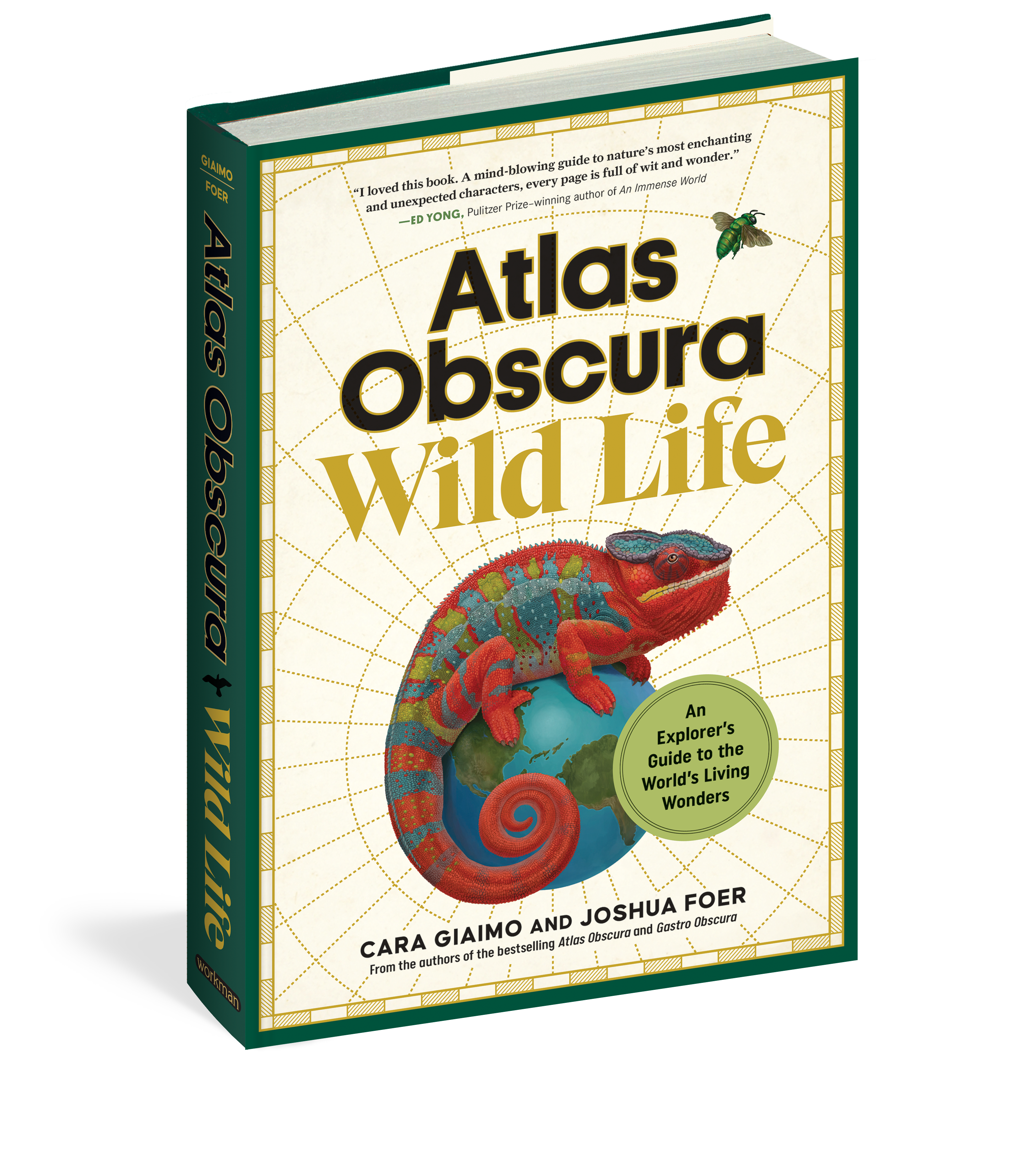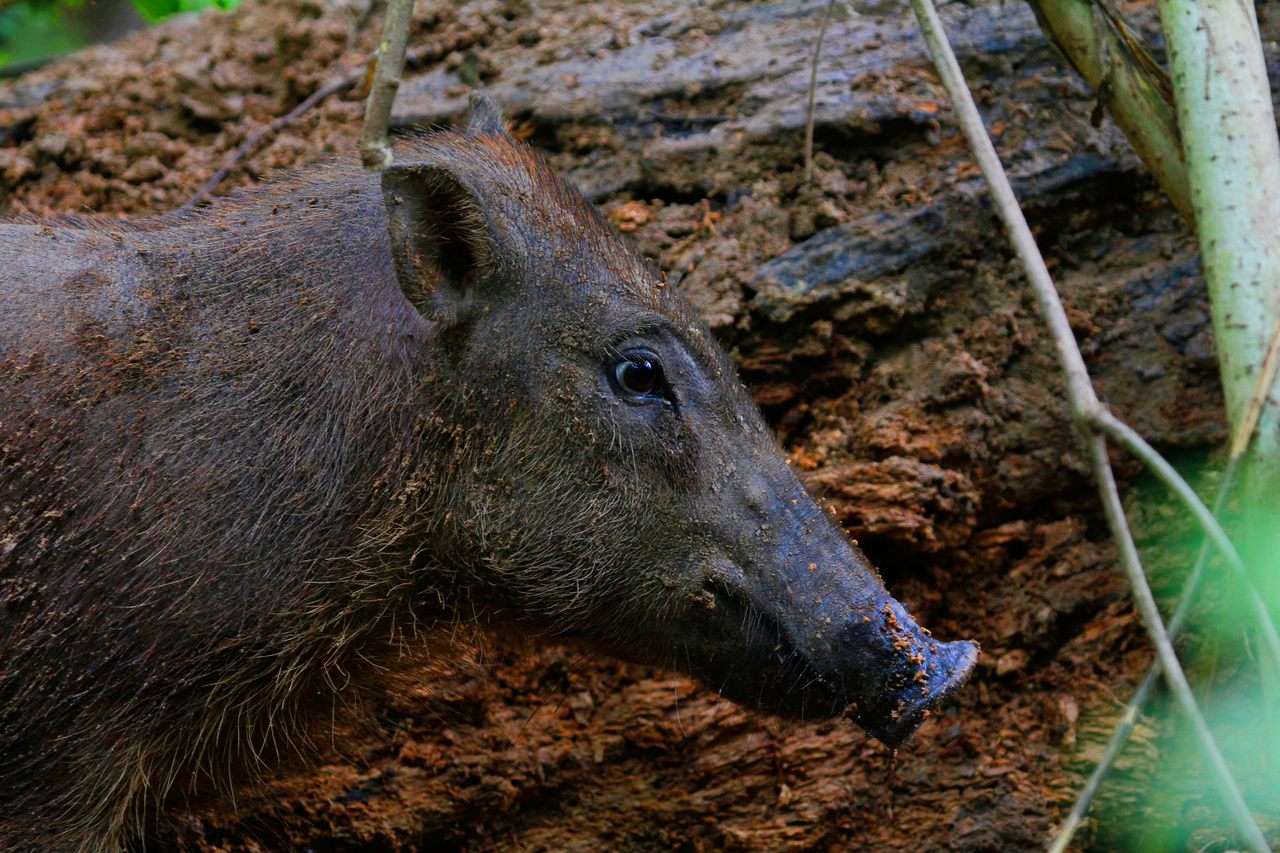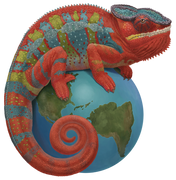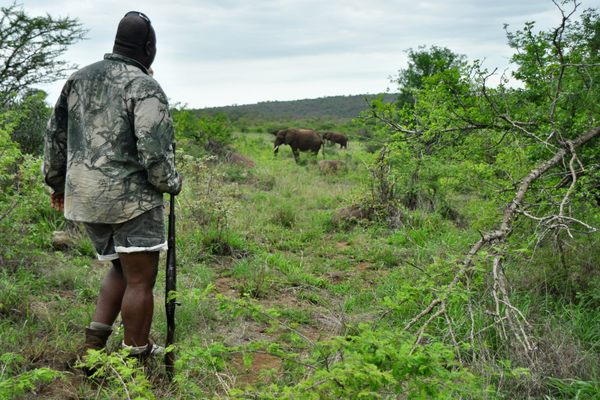Wild Life: Sulawesi Warty Pigs
In a preview of our new book, we meet some of humankind’s earliest muses.
Each week, Atlas Obscura is providing a new short excerpt from our upcoming book, Wild Life: An Explorer’s Guide to the World’s Living Wonders (September 17, 2024).
Wilbur, Porky, Peppa Pig—across cultures and through generations, pigs have inspired humans to great heights in art and storytelling.
This started earlier than you might think. Archaeologists recently discovered a painting of a pig in a cave in Sulawesi, Indonesia, that dates back at least 45,500 years, making it the oldest piece of nonabstract art ever found.
The species in the painting is thought to be a Sulawesi warty pig. These creatures, who are about the size of potbellied pigs, live high in the hills of Sulawesi, an island near eastern Borneo. As their name suggests, they are adorned with three pairs of facial warts on their snouts, along with white or yellow side whiskers and bushy mustaches that would make Rutherford B. Hayes jealous.
Sulawesi warty pigs’ daily life is equally envy-inducing: They forage in groups in the morning, roll in mud baths in the afternoons, and at night sleep off the fallen fruit they ate for lunch. Researchers debate how humans related to these pigs tens of thousands of years ago, with some hypothesizing that they may have been domesticated quite early, for food or even as pets.
In any case, they were muses. In December 2017, Indonesian archaeologist Basran Burhan and his team entered a previously unexamined cave called Leang Tedongnge, in South Sulawesi. Sketched in red ocher on a limestone wall was a drawing of two pigs brawling as a third looked on. Radiometric dating of mineral deposits on the painting determined that it was painted at least 45,500 years ago. Similar pig images, nearly as old, have been found decorating other caves in Sulawesi and Indonesia—upending previous conceptions that placed Europe at the center of ancient art-making.
Most aspects of the porcine portraits, down to the warts, are realistic. But the artists seem to have taken one creative liberty: Although Sulawesi warty pigs are relatively small and lean in real life, the ones in the paintings tend to be quite big. Contemporary admirers of the art debate whether this reflects the painters’ dreams of a good hunt, the cultural importance of the pigs, or something else entirely. Tens of thousands of years after these larger-than-life swine were first painted, the descendants of their creators puzzle over them, while the descendants of their inspiration run around outside.
- Range: Rainforests in central, east, and southeast Sulawesi, as well as on some neighboring islands
- Major species: Sulawesi warty pig (Sus celebensis)
- How to see them: Warty pigs are common in Sulawesi’s forests, where they tend to roam in small groups. Cave art of the pigs can be seen in the Leang-Leang Prehistoric Park, near Bantimurung Bulusaraung National Park.
Wild Life: An Explorer’s Guide to the World’s Living Wonders celebrates hundreds of surprising animals, plants, fungi, microbes, and more, as well as the people around the world who have dedicated their lives to understanding them. Pre-order your copy today!


































Follow us on Twitter to get the latest on the world's hidden wonders.
Like us on Facebook to get the latest on the world's hidden wonders.
Follow us on Twitter Like us on Facebook